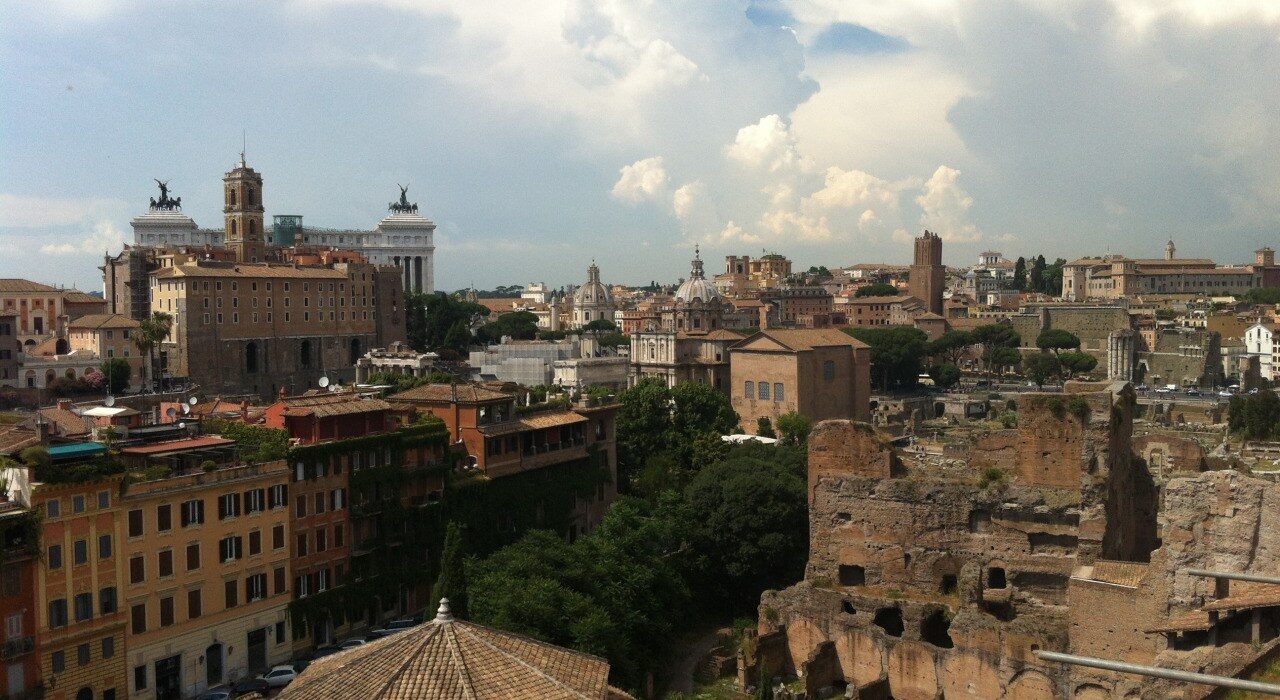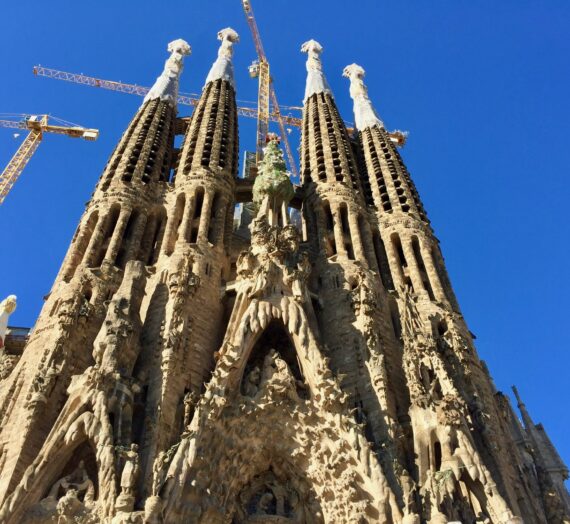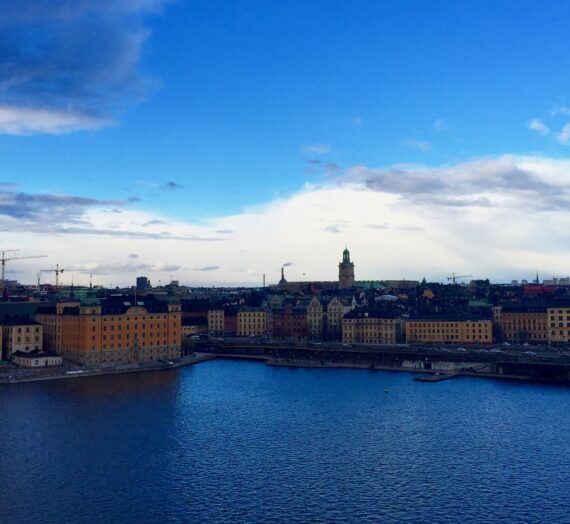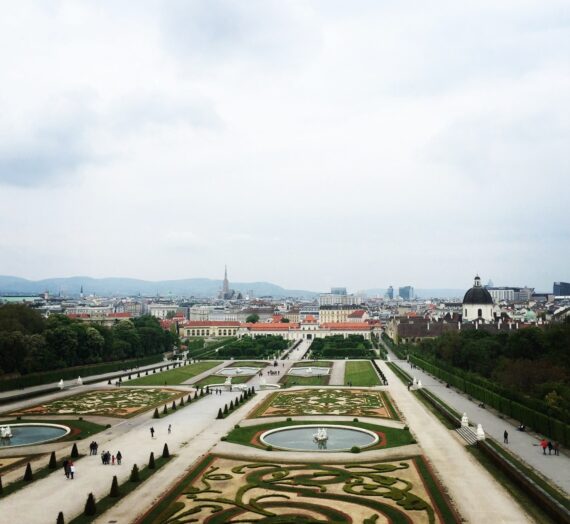Ah, Rome. The Eternal City is high on the must visit lists of many travelers.
With history spanning thousands of years, world famous food, and beautiful scenery, it’s easy to see why so many people flock to this storied city.
However, people often complain of bad experiences in Rome. Sometimes a bad trip is just a bad trip, and nothing could have been done about it. However, sometimes uncomfortable experiences or underwhelming visits can be avoided with some helpful advice beforehand.
While I hope these bits of advice will be useful to travelers from a variety of countries, they are framed from an American perspective, as I am American.
Here’s your guide with 10 (occasionally hyperbolic) tips for first time visitors to Rome, Italy.

1. Respect the food
Italians take their food seriously and it’s important to respect that. There are many food rules to follow when you’re in Rome for the first time.
Some common “Italian” dishes found in the US are sacrilegious. For example, chicken in pasta or certain pizza toppings (like pineapple) are big no-nos. Also, never cut your pasta noodles with a knife.
Coffee comes in the form of an espresso shot and it’s preferable to drink it standing at the counter. Drinking a cappuccino is solely a morning activity. Early afternoon might be acceptable in some cases, but never order one at the end of a meal. (Also, if you ask for a “latte,” you will get a cup of milk.)
If you’re American, you’ll probably want to adjust your dinner time. Romans eat late by general American standards. Plan for dinner around 9:00 p.m.
Also in restaurant etiquette, it’s not uncommon to pay for the basket of bread brought to your table with a meal. You’ll also need to ask for the bill when you’re finished with your meal. Servers generally don’t just drop the check off unasked like in the US.
Finally, do your best to finish your food at a restaurant. It’s not common to take the leftovers with you and you risk being reprimanded (good-naturedly) by the server for not eating your whole meal.

2. Enjoy the food!
Romans take their food very seriously. This is because it’s incredible. There are several foods you must try while you’re there.
Among them are the traditional Roman pastas, which are amatriciana, cacio e pepe, and carbonara. Amatriciana is a red tomato sauce with guanciale (cured pork) and pecorino cheese. Cacio e pepe is a cheese and pepper sauce. Carbonara is a cream sauce with egg, cheese, guanciale, and pepper. They’re all amazing and it’s imperative to try them all.
If you want to eat the best pizza, make sure to have it a restaurant that has a forno a legna (wood-burning oven). Pizza cooked without a proper forno is no pizza worth having in Roma.

3. Learn some Italian
Many people in Rome, particularly those in the service industry, speak some English. Plenty even like practicing with tourists! However, it’s nonetheless polite to learn some Italian pleasantries. Doing so will make your time go smoothly.
If nothing else, learn how to ask if someone speaks English. Here’s how to say that, along with a couple other other useful phrases:
Do you speak English? = Parla inglese?
Hello / goodbye = ciao (chow)
Good morning / evening / night = buongiorno / buonasera / buona notte
Please = per favore
Thank you = grazie (gratsyay)
Excuse me = mi scusi (me skoo-zee)
Prego is a multi-function word. It means “you’re welcome,” but you’ll hear it used more than just as a reply to grazie. For example, if you’re being seated at a restaurant, the host may say “prego” while motioning to your seat, as a sort of welcome.
Permesso is a term used on public transit or in other crowded situations. If you’re standing and someone behind you says “permesso,” it means he or she is trying to get by you.
There’s no need to memorize a whole phrase book, but a couple polite pleasantries will work wonders during your trip.

4. Mind the Roman rules of the road
The rules of the road are a bit different in Rome than in most of the US, to put it mildly. It may be a bit surprising on your first visit.
Fiats and mopeds whirl around traffic circles and pedestrians seem to dart out into traffic. If you’re trying to cross the street at a crosswalk, you’ll feel like you’re not really sure if the cars are going to stop or not. Crossing at lights or in groups is best.
Also, if you’re waiting for a bus, you’ll have to hold your arm out to tell it you’d like to board, otherwise it won’t stop.
The parking rules aren’t as strict, so don’t be surprised to see a Smart car parked diagonally on the sidewalk.
Just pay attention, be careful, and go with the flow.

5. Know when to visit Rome
It’s best to visit Rome in the fall or spring.
During the fall, Rome is relaxed and emptied of tourists. The weather is generally nice until the end of the fall, so it’s a perfect time for enjoying all the outdoor attractions of the Eternal City.
The spring, however, is a bit more complicated. It’s generally less busy, except for around Catholic holidays. With the influence of the Vatican in Rome, the city is bustling during these times. So if you’re there during Easter, for instance, it will be packed. Throughout the rest of the spring, it’s absolutely lovely. Warm weather, blooming flowers, and sunny days await you!
The winter is also a nice time in Rome (it is particularly magical at Christmas). However, for a first time visitor, you may not get la dolce vita experience in the cold.
Most people visit Rome in the summer. This is when it’s the most crowded. If you must go in the summer, go in June or July. Italians clear out of town in August. If you’re there in the summer, be prepared for high temperatures, inconsistent air conditioning, and huge crowds.

6. Know where to go (and where to avoid)
As with most cities, it’s important to prioritize which areas you want to see and which you want to avoid.
As a first time visitor in Rome, your time will primarily be spent in the city center, particularly if you’re only there for a couple days.
Piazza Venezia is the heart of the city. From the piazza, Via Del Corso runs up to Piazza Del Popolo. This is where you’ll find most of the important sights and where you’ll want to spend most of your time as a first time visitor.
The main area you’ll want to avoid is Termini Station. Unfortunately going to Termini is often a necessary part of visiting Rome — you’ll need to go there to switch Metro lines or catch a train to the airport or for a day trip. Otherwise, Termini is crowded and full of pickpockets, so it’s best avoided if possible.
Tips for where to stay: When looking for where to stay in Rome, choose the city center, Monti, or Trastevere.
The center is more touristy, but you will be near all the major sights. Monti and Trastevere are both hipper neighborhoods just outside the center. Monti is still fairly centrally located near the Colosseum and has its own Metro stop. Trastevere is located on the other side of the river and is reachable by foot or tram.
Whatever you do, just please, please don’t stay near Termini Station on your first visit. If you know the city better, that could be another story, but it’s probably not best for your first time.

7. Avoid the tourist traps
In the main tourist areas, you’ll find plenty of tourist traps in Rome.
One of the most common tourist traps are restaurants. To avoid them, don’t eat in main piazzas or near popular monuments. These restaurants tend to be touristy and overpriced. These restaurants also tend to have people outside trying to hand you menus and coax you inside — this is not a good sign.
I say this with some caveats. For example, if you want to grab a drink at Piazza della Rotonda so as to have more time to admire the Pantheon, by all means do so, but save your appetite for another spot. When choosing a restaurant, explore the side streets for better finds. There may be some exceptions to this, but it’s a good general rule.
The rest of the tourist traps are the same as any major city with lots of visitors. People trying to sell you this or that or trying to persuade you to visit one place or another. Just smile and keep walking.

8. Be alert
Again, this goes for plenty of big cities, but pay attention and be alert when walking on the streets and on public transit. Rome is a generally safe city, but theft is a known issue. Plenty of travelers have gotten off the bus, only to discover their wallets have been taken.
When you’re on the street or on transit, just make sure to be aware and keep your belongings close. It will also help if you avoid speaking loudly in English or looking at a large map — just don’t draw attention to yourself as a tourist.
To avoid looking so much like a tourist, make sure to study the maps of the transit and the city beforehand. The metro is pretty easy to navigate as it only has three lines (older Lines A and B and more recent Line C). There are a few trams, but they’re similarly easy to use. The buses can be trickier, but as long as you know which one you need and where to get off, they’re fine.
You will probably get lost while walking around, but that’s all part of the experience, so don’t sweat it! If you find yourself in need of checking the map, step aside to somewhere more private to check your phone or paper map.

9. Appreciate the Roman history
Rome is like a huge open air museum. Thousands of years of history are layered throughout its streets. From ancient monuments to modern buildings, the stories coexist throughout the Eternal City.
Whether or not you’re usually a fan of history, it’s important to respect it when in Rome. The amount of historical sights can be overwhelming, but do your best to simply soak them in and appreciate them.

10. When in Rome…
Simply, do as the Romans do!
Life in Rome may move at a different pace than you’re used to, but that’s the beauty of travel! Watch the crazy drivers and mopeds speeding around, take your time having lunch, pause for gelato whenever you feel like it. Simply, slow down, take your time, and relax.
—
Basically, an open mind, a bit of planning, and some manners will make all the difference during your first time visiting Rome. Cin cin!








onemillionphotographs
Awesome set of photos! Thank you for sharing!
Carly Erickson Swafford
Thanks so much!